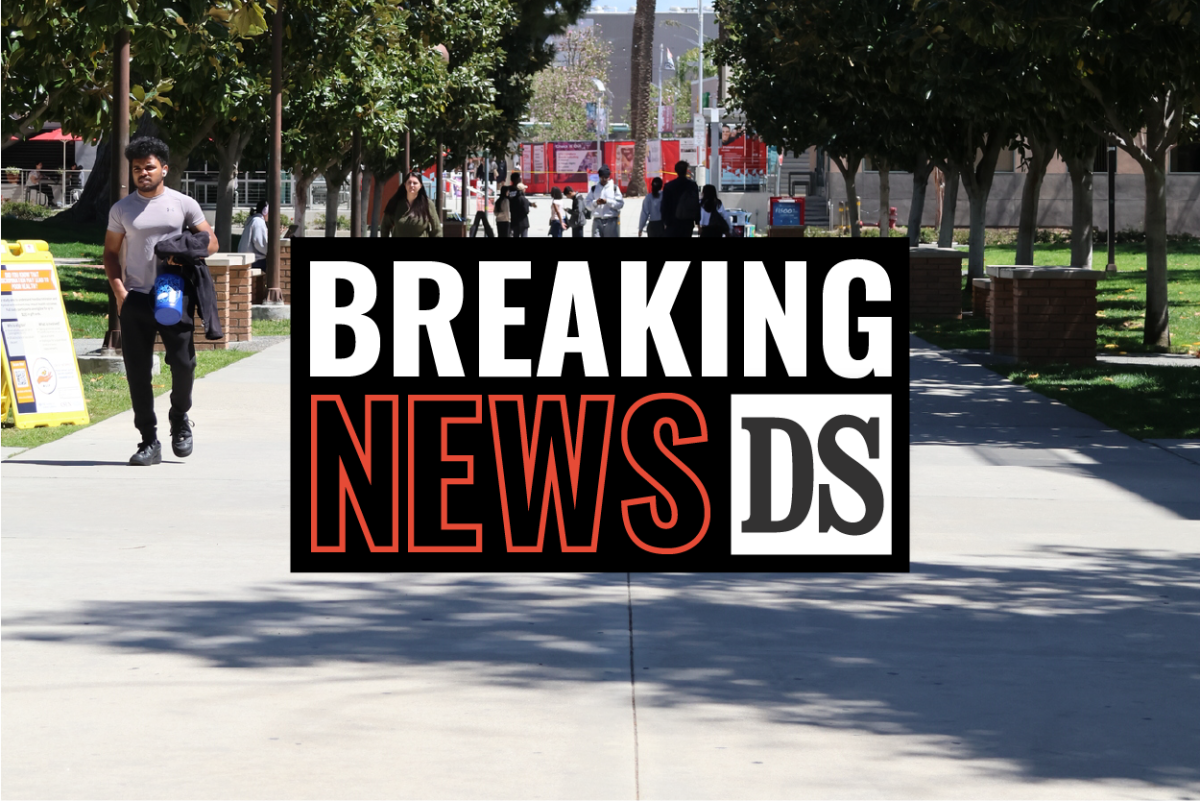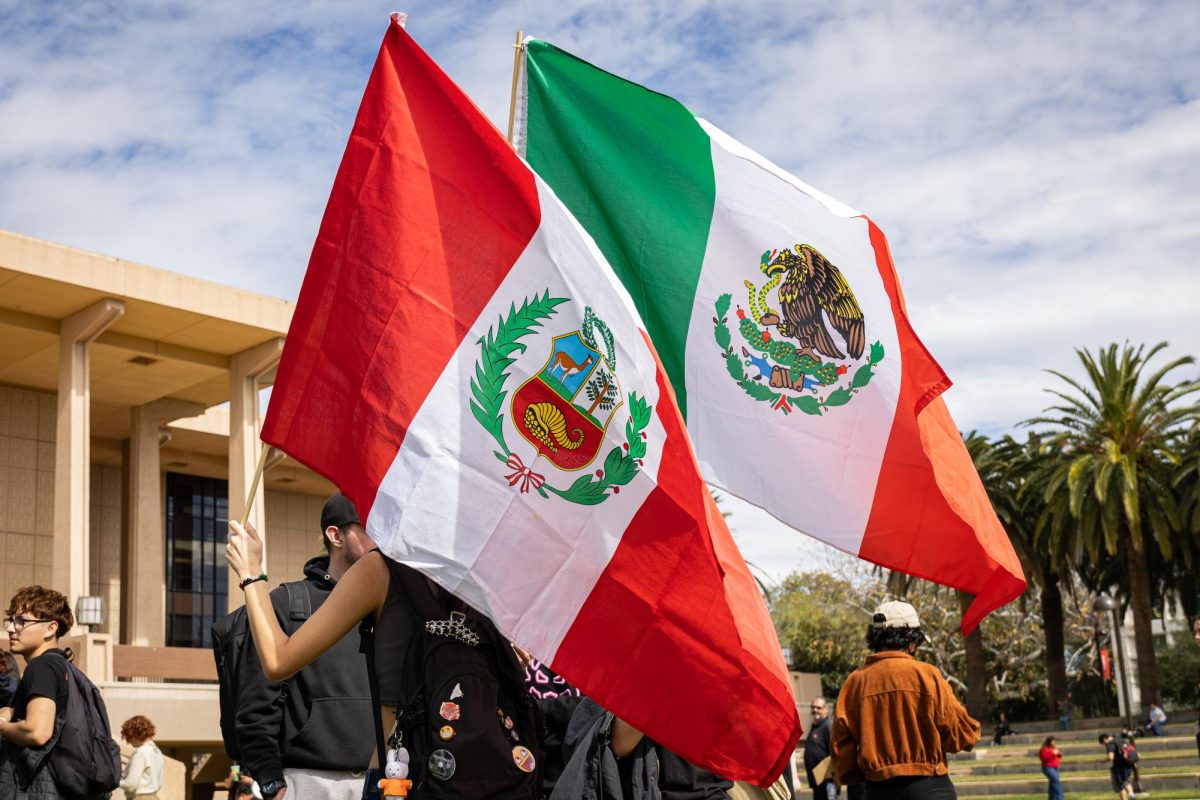As world water day approaches on March 22nd, you might be trying to find ways to conserve water.
You might want to invest in a low-flow toilet or use an aerator on your tap to slow the stream.
With conservation of water being fresh in our minds, we may be inspired to do a lot of things in order to live more sustainably, but before you pledge to give up washing your hands, it’s important to know that all of those tiny actions are just drops in the bucket when it comes to conserving water. The biggest use of our residential water supply is actually just for watering our lawns.
According to the National Wildlife Federation, 50-70% of our residential water supply goes to just growing grass. Although it’s largely standard to grow your own green lawn, there are in fact alternatives to doing this.
There are a lot of plants that grow in Southern California and they don’t need to be tended much, if at all. You just let them grow naturally and there is a big variety of beautiful plants that aren’t invasive and imported. For example, there’s the bright orange California poppy or the navy “Dark Star” flower, both, like many plants are native to California and have evolved with the climate and are drought-resistant.
During the summer, most grasses will turn brown and look “dead,” but that is part of their natural life cycle and will return to being green later in the year. Check out the Theodore Payne Foundation for Wildflowers and Native Plants for more plant ideas or to learn how to plant your garden more sustainably.
If you must plant, water, fertilize, grow and tend to a plant, it makes sense to at least grow an edible one.
There are countless fruits, vegetables and spices to grow in your garden. Oranges, tangerines, lemons and other citrus grow well here in the valley. Avocados and bananas grow in California too. Once the tree grows large enough, there will be more than enough for your family, and even your friends, fellow students and co-workers to share the wealth. You can even put the tree in your front yard and invite the public to take all they want or make a tax-deductible donation to various charities, like “Food Not Bombs.”
Additionally, growing your own food is a great move toward sustainability. Instead of getting food that has traveled hundreds of miles or more because it is grown, packaged, frozen and sold all over the place, it’s better to save the trip and just reach outside to grab the ripe fruit hanging there.
If you live in apartment-style housing or otherwise don’t own the house you live in, just keep this in mind for the future if you ever want to own a house. Unfortunately, most residential areas in Los Angeles require that at least half of all lawns must be real grass.
The very best thing you can do to conserve water is eat less meat. A hamburger takes almost 700 gallons of water to make, 500 of which are from the meat patty. The next best thing, though, is not to plant and grow invasive species of grass in the lawn. Conserving water takes little sacrifice; you don’t have to go thirsty or skip showers. For the big picture, just give up the lawn.




